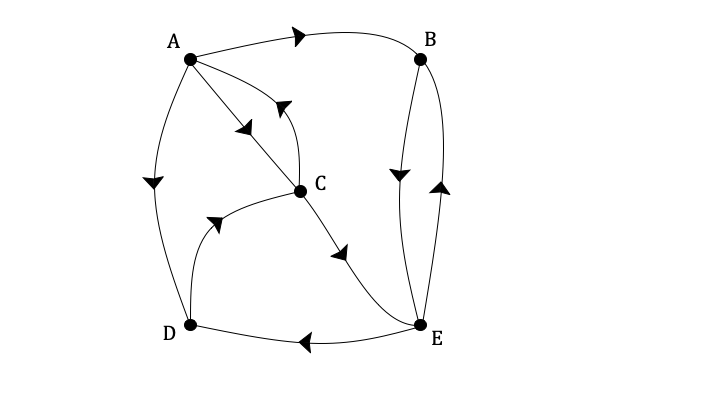Parts of a Graph
A graph is a mathematical structure that is used to represent objects and the connections between them. They can be used in modelling many real-life applications, e.g. electrical circuits, flight paths, maps etc.
What are the different parts of a graph?
- A vertex (point) represents an object or a place
- Adjacent vertices are connected by an edge
- The degree of a vertex can be defined by how many edges are connected to it
- An edge (line) forms a connection between two vertices
- Adjacent edges share a common vertex
- An edge that starts and ends at the same vertex is called a loop
- There may be multiple edges connecting two vertices




